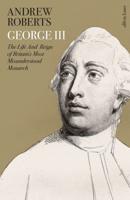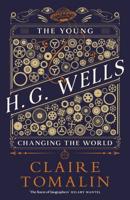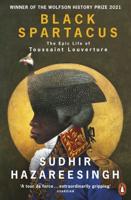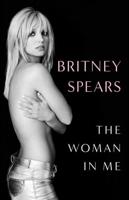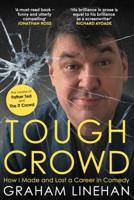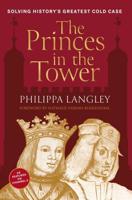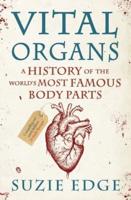Publisher's Synopsis
Excerpt from The Catholic World, Vol. 39: June, 1884
Any one who starts out with such a principle as the negation of a personal God has no other refuge but to attribute to matter all the energy that exists and is possible. To him matter becomes God. This is the inevitable conclusion of every one who denies even one essential attribute of the Divinity. He must, therefore, exclude any plan outside of matter itself. Any other procedure he is right, from his stand-point, in calling absurd, or, more deli cately, unscientific, as Darwin does in his Descent of Man (0. I. P. 24, Appleton Co., In his mind matter is the only factor, an impersonal one, a blind one, developing itself by a law of its own, a necessity of its nature. It is the old proposition over again, that God develops himself in nature, condemned by the oecumenical council of the church. This mode of. Development, absurd as it must be to any believer in God the Creator of all things, is by no means unphilosophical in the eyes of Darwin, Biichner, Huxley, and Haeckel, with their followers. Matter with them is capable of spontaneously evolving itself into all possible forms. Such energy belongs to it necessarily. So all things visible have come from it. Circumstances surrounding any object are a sufficient reason to account for the peculiar development or evolution of the matter it contains. The seeds of plants and the ova of ani mals, all come spontaneously from matter, are this natural divinity developing or evolving itself and therefore we can readily under stand how similarity of parts and progressive development are convincing proof that what is has come out of what is similar to it and prior to it. Spontaneous generation of the seeds and ova, of the germs of all things, 'first came about; and this impulse inherent in matter, continuing in its ever-increasing activity, suffices to produce the never-ending work of evolution, one species giving origin to the one next in order.
About the Publisher
Forgotten Books publishes hundreds of thousands of rare and classic books. Find more at www.forgottenbooks.com
This book is a reproduction of an important historical work. Forgotten Books uses state-of-the-art technology to digitally reconstruct the work, preserving the original format whilst repairing imperfections present in the aged copy. In rare cases, an imperfection in the original, such as a blemish or missing page, may be replicated in our edition. We do, however, repair the vast majority of imperfections successfully; any imperfections that remain are intentionally left to preserve the state of such historical works.

